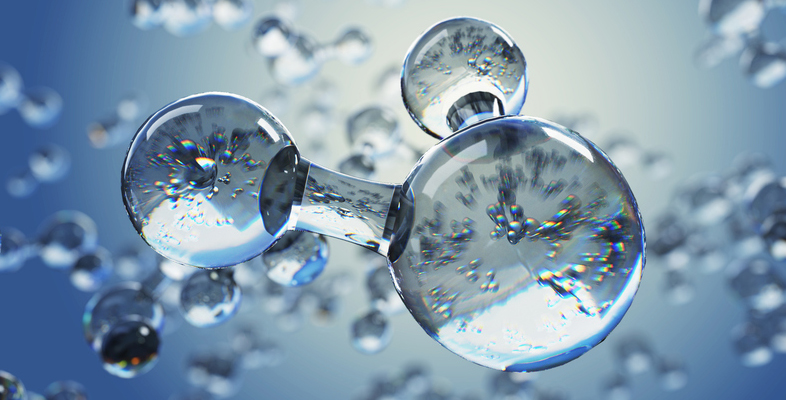2.1.1 The alkali metals and the noble gases.
The alkali metals are the elements lithium, sodium, potassium, rubidium, caesium and francium. They are grouped together because they all behave similarly (except with different ferocity) and together form Group 1 of the periodic table.
They are all in fact very soft metals that can be cut with a knife and have relatively low melting temperatures. They do not occur naturally because they react readily with air and moisture and so need to be stored under oil.
One of the signature reactions of alkali metals is their reaction with water in the following video.
Transcript
Now let's see another reaction of the alkali metals, the reaction with water.
We'll start with Lithium. The metal floats on the water and reacts with it, giving off Hydrogen gas.
Now for Sodium, the same sort of thing happens, although the reaction is a bit more vigorous. All the alkali metals react with water in the same way.
Now for Potassium. This time you'll see a flame. The heat given out by the reaction is produced so quickly that the Hydrogen gas catches fire, it burns with a lilac flame.
The next element is Rubidium. This time we've put a safety screen between us and the reaction.You can see that things gradually become more terrifying as we go down the group.
Let's try Caesium, our 5th alkali metal.
[Huge explosion]
How does the reactivity with water vary on going from lithium to caesium?
Answer
The reaction becomes progressively more vigorous (and spectacular).
At the opposite end of the scale are the noble gases.
These are found in the last column on the right of the periodic table, and are present in the atmosphere in small amounts:
- 0.934% argon
- 0.0018% neon
- 0.00052% helium
- 0.00011% krypton
- 0.000009% xenon
The noble gases are all characterised by being extremely unreactive (in fact they are often called the inert gases). This is illustrated in the following video clip.
Transcript: Video: noble gases
Here are five of the six noble gases: helium, neon, argon, krypton and xeon. They're all colourless and transparent. Krypton and xeon form compounds only with difficulty. Helium, neon and argon don't form compounds at all.
As we descend the group in the periodic table the atomic number and relative atomic mass increases. The gasses get denser.
Helium - helium is lighter than air. Neon is just lighter. Argon and krypton - I've just got to unstick these from the anchorage... Argon and krypton are both heavier than air. And xeon, xeon is the heaviest of the lot, you've heard of a lead balloon, well this is it.
